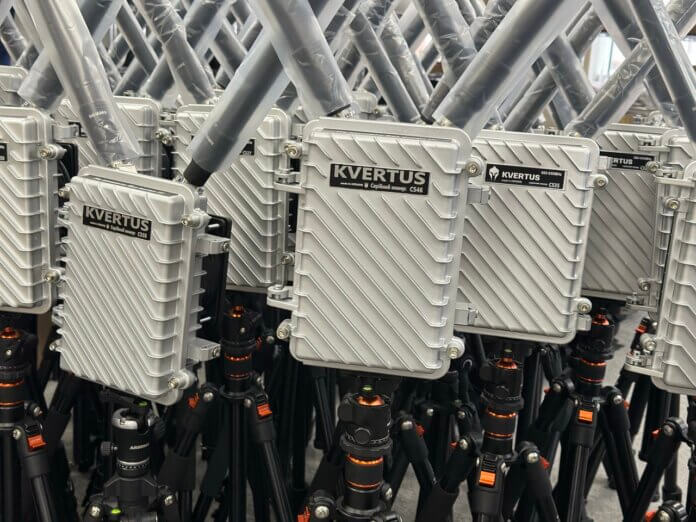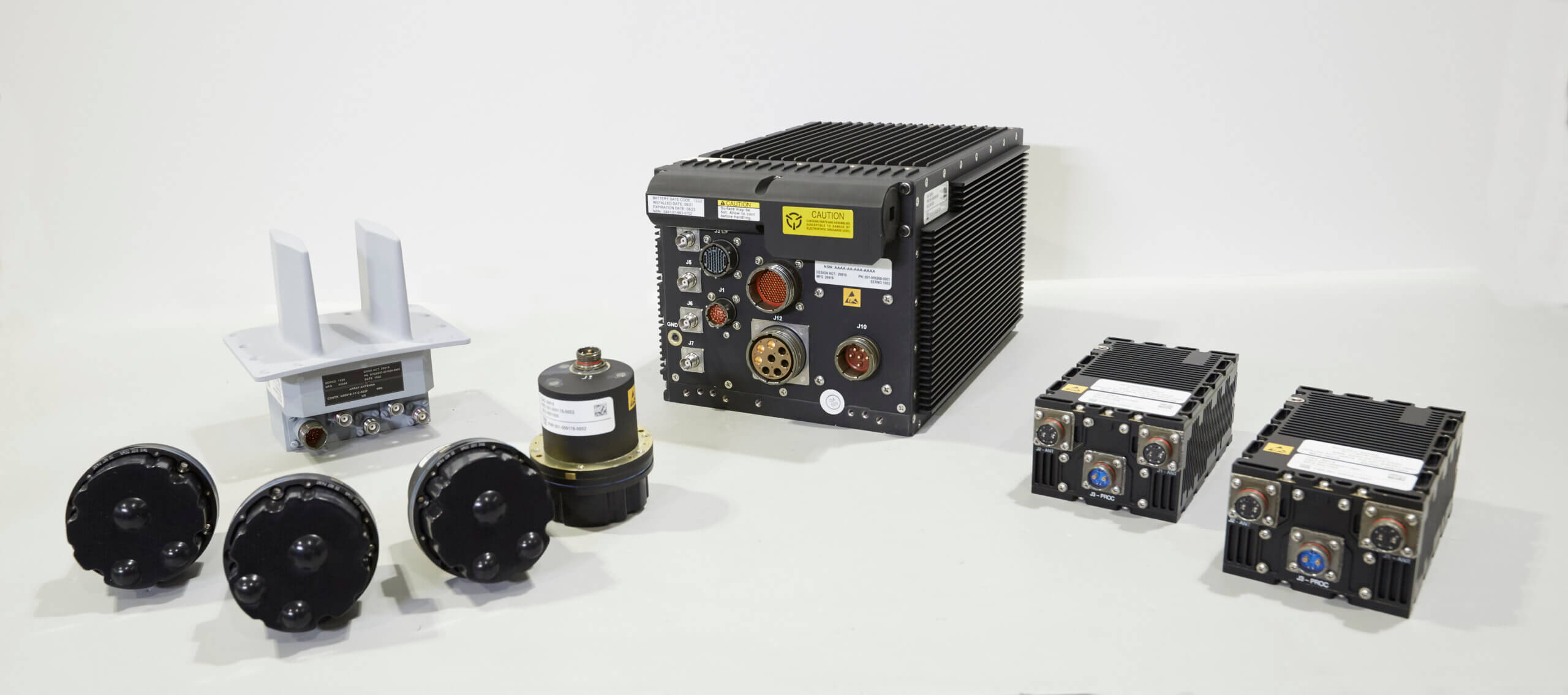
Armada’s monthly round-up of all the latest electronic warfare news in the product, programme and operational domains.
New CUAV Systems for Ukrainian Military
In early March Kvertus announced it was equipping the Ukrainian Army’s 3rd Assault Brigade with new electronic warfare systems. Specifically, the force is being supplied with the company’s AD Counter FPV jamming equipment. The AD Counter FPV jams radio signals across a waveband of 850 megahertz/MHz to 940MHz; frequencies commonly used by First Person View Uninhabited Aerial Vehicles (FPV UAV). Signals on these frequencies are employed to connect the aircraft to its pilot. The company said that the AD Counter FPV can achieve jamming ranges of up to 0.2 nautical miles (300 metres). The system is available in static and backpack configurations, and can be installed on vehicles. The company told Armada that the AD Counter FPV “can prove useful when employed during assault attacks, when shorter distances between the enemy’s drones and their pilot allows the disruption of radio communications between the aircraft and its control station.” Currently, these systems are only being supplied to the Ukrainian armed forces to ensure that the ongoing threat presented by Russian tactical UAVs can be countered.
Ready Mercury
Mercury Systems has won a $243.7 million contract to supply Digital Radio Frequency Memory (DRFM) subsystems to the US Navy. According to a press release announcing the news the DRFMs are to support AN/ULQ-21(V) electronic attack systems. Details of the AN/ULQ-21(V)’s manufacturer do not appear in the public domain. It is thought the system is used to simulate hostile jamming waveforms. The DRFMs will be installed on AN/ULQ-21(V) systems employed by the Naval Air Warfare Centre Weapons Division. Specifically, they are expected to be used by training aircraft flown by the US military. Mercury Systems told Armada that DRFM deliveries will commence in circa August 2025. The company expects to complete the work by February 2029.
New RWRs for US Army Apaches
On 11th March Northrop Grumman revealed it had been awarded a contract to produce AN/APR-39E(V)2 Radar Warning Receivers (RWRs) for the US Army. James Conroy, Northrop Grumman’s vice president for navigation, targeting and survivability, told Armada that “the AN/APR-39E(V)2 is the next step in the evolution of the AN/APR-39, the radar warning receiver and suite controller that has been protecting aircraft for decades.” The AN/APR-39E(V)2 is fully digital and “uses Northrop Grumman’s ultra-wideband architecture that provides greater instantaneous bandwidth, higher sensitivity, and improved digital signal processing algorithms to handle advanced threats.” Mr. Conroy continued that deliveries of these RWRs are scheduled to take place in 2026. These systems will equip US Army Boeing AH-64E Guardian attack helicopters. The exact number of AN/APR-39E(V)2s to equip these aircraft will be determined by the force. Nonetheless, Mr. Conroy stated that “the army has more than 2,000 fixed- and rotary-wing aircraft which the AN/APR-39E(V) was designed to support.”

by Dr. Thomas Withington













